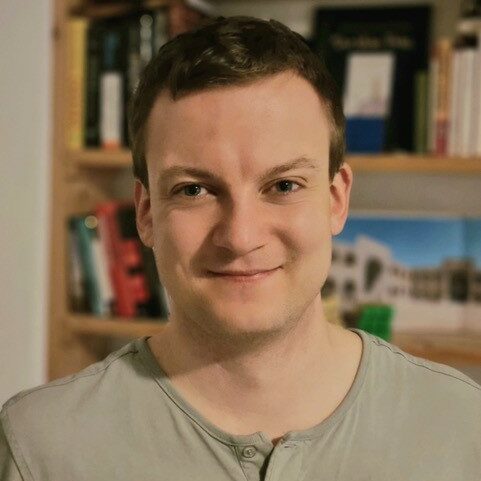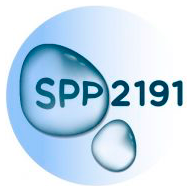Independence Accelerator Award
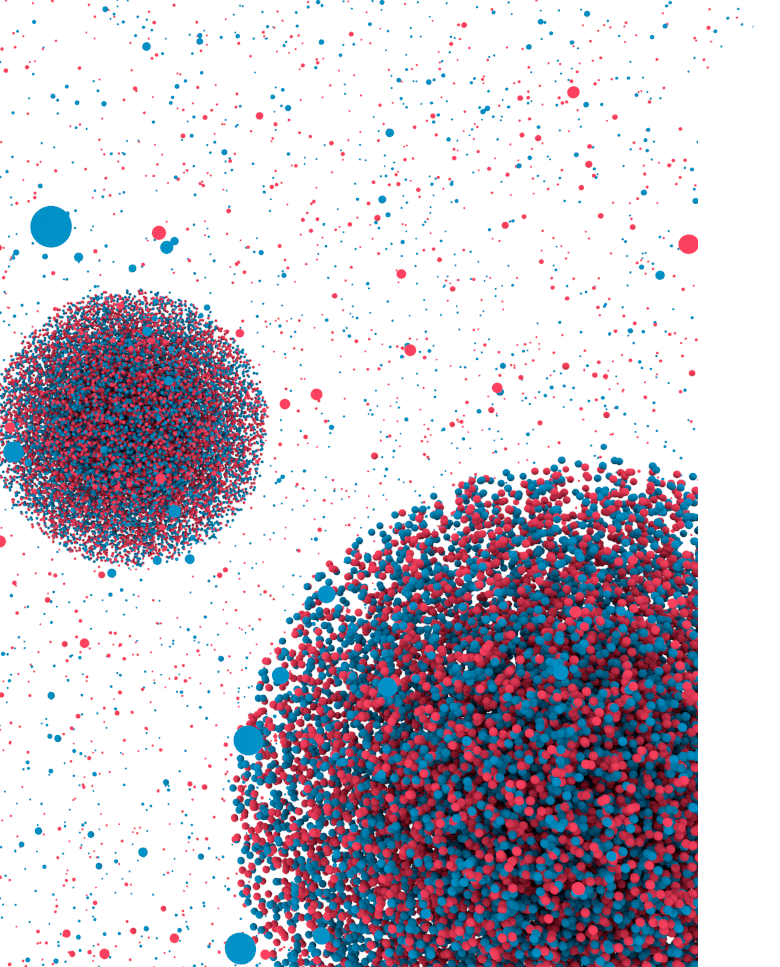
The SPP2191 has reserved funds to accelerate the development of an excellent senior postdoctoral fellow toward independence. The program aims to support a postdoctoral fellow associated with a SPP2191 host laboratory in developing an independent research program that will enable them to potentially submit a competitive proposal for an ERC starting grant, Emmy Noether proposal or something similar.
Our awardees from our second funding phase
Daxiao Sun
BIOTEC, TU Dresden
MPI of Molecular Cell Biology and Genetics Dresden
Who are you?
I am a molecular cell biologist with a passion for uncovering the principles of subcellular organization and their physiological impact. I started my scientific adventure in the laboratory of Prof. Li Yu (Tsinghua University, Beijing), where I did my Ph.D. and explored cellular response to starvation. My Ph.D. research revealed the role of phase separation in selective autophagic cargo segregation. As a postdoc with Profs. Tony Hyman (MPI-CBG) and Alf Honigmann (TU Dresden), I advanced this passion by exploring surface condensation in cell adhesion and tissue dynamics, focusing on tight junction assembly and epithelial sealing. Combining molecular biology, biochemistry, and biophysics with interdisciplinary innovation, I aim to decipher the molecular mechanisms driving cell adhesion and their implications for tissue physiology.
What project do you plan to work on while being supported by the award money?
With the expertise honed during my Ph.D. and postdoc, and support from the SPP2191 Accelerator Award, I will delve into desmosome assembly, the essential intercellular junction in mechanically stressed tissues like the skin and heart. My goal is to uncover the molecular mechanisms underlying desmosome-related arrhythmogenic cardiomyopathy (ACM), a cardiac disease in which half of the patients carry desmosome mutations. Using a biochemical reconstitution approach, I will assemble desmosome components, including lipids, transmembrane proteins, scaffolds, and cytoskeletal elements, on membranes to study their organization in both normal and ACM-mutant conditions. This platform will provide quantitative insights into desmosome assembly, test the hypothesis that it occurs via surface phase separation, and lay the groundwork for elucidating the molecular basis of ACM.
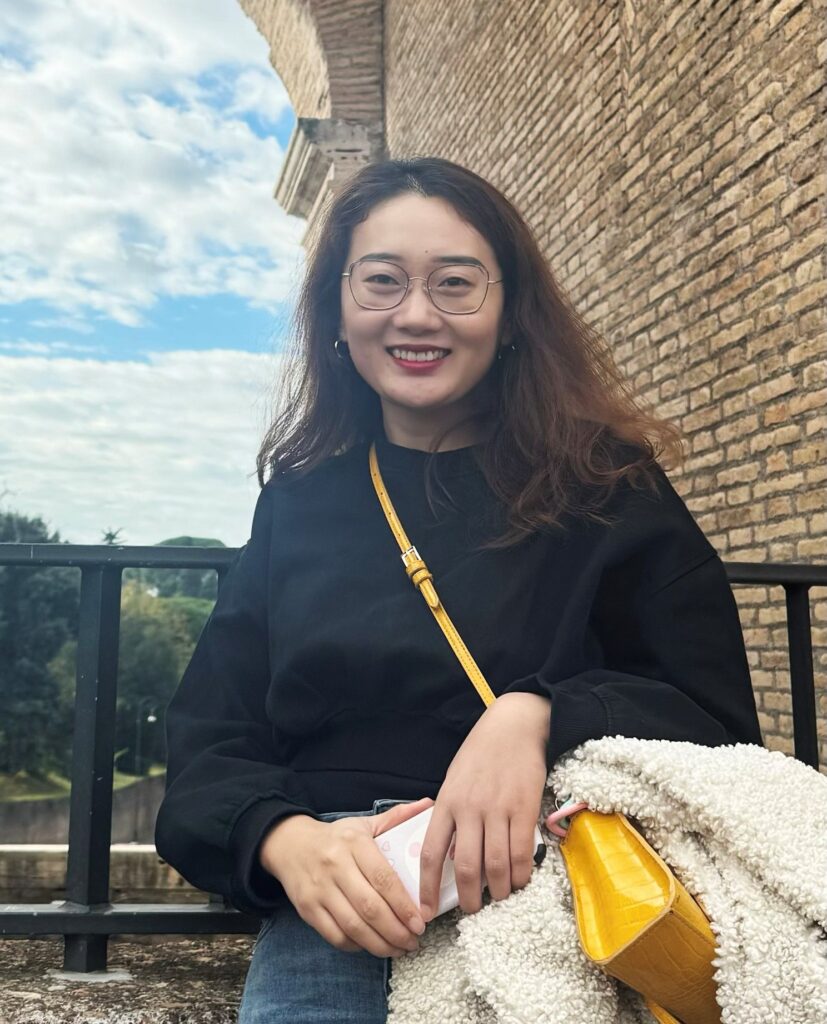
Nagaraja Chappidi
BIOTECH, TU Dresden
Who are you?
My research is centred around exploring and elucidating the mechanisms that safeguard genome stability. During my PhD with Prof. Pavel Janscak at the University of Zurich, I investigated DNA damage repair processes associated with DNA replication and transcription interference. Despite extensive research, the mechanisms of DNA double-stranded break (DSB) repair site assembly and stabilization of broken DNA remain unclear. Currently, as a postdoctoral researcher with Prof. Simon Alberti at Technische Universität Dresden, I use bottom-up biochemistry, single-molecule techniques, and cellular experiments to unravel DSB repair site assembly and function. This work advances our understanding of genome stability, which is essential for cellular homeostasis and human health.
What project do you plan to work on while preparing for the second funding round?
I aim to investigate the molecular mechanisms that govern the spatiotemporal regulation of the dynamic assembly and function of a human DNA replisome. Fast and efficient DNA replication requires dynamic assembly and function of the replisome. Decades of research have uncovered a vast array of cellular replication factors, yet we still know very little about how cells coordinate these factors in space and time to ensure accurate duplication of the genome. Even small molecular changes, such as point mutations in DNA replisome proteins, can lead to severe human diseases, including developmental defects, growth impairment, immune dysfunction, and cancer. Building on our recent advancements in reconstituting functional, multi-component, non-equilibrium systems in test tubes, I aim to use bottom-up biochemistry to reconstitute a DNA replication system that mimics nature of the DNA replisome in cells. I will integrate biophysical techniques to monitor replisome dynamics and properties, along with cell biology approaches, to explore the role of these processes in physiology and disease.

Our awardees from our first funding phase
Herman Fung
EMBL Heidelberg
Who are you?
My scientific life began in Australia, and has since taken me to the UK, the US, and now to Heidelberg, Germany. Over time, I have developed a strong interest in how genetic material is organised inside cells. A big part of my work now is about using structural biology and biophysics to understand the mechanisms behind this. In my PhD, I studied the molecular mechanisms of genome packaging in DNA viruses by X-ray crystallography, NMR, single-particle cryo-EM and single-molecule localisation microscopy. In my postdoc now at the European Molecular Biology Laboratory in Heidelberg, I am using cryo-electron tomography (cryo-ET) as a means to study molecular structures inside cells, with a focus on ribosomal DNA transcription and the architecture of the nucleolus. To help this work, I am also developing methods to streamline and automate the preparation of thin lamella specimens for cryo-correlative electron tomography, as a means to target specific structures inside the cell for imaging.
What project do you plan to work on while being supported by the award money?
In my future research, I would like to capture the structure of chromatin inside cells by cryo-ET, and elucidate how phase separation contributes to genome structure and function. A current major limitation of cryo-ET is that it is difficult to identify molecules in the observed cellular landscape, unless the molecule has a known shape and a certain size (e.g. ribosomes). This poses a particular challenge for the study of flexible, disordered molecules known to be key in driving liquid-liquid phase separation. With the support of this award, I would like to overcome this limitation by developing a new localisation method based on genetically encoded multimeric nanoparticles (GEMs) — self-assembling protein structures with a defined size and shape that would be easily detectable by cryo-ET. The main challenge ahead will be to identify a GEM protein that will robustly form particles and can be efficiently imported into the nucleus for the tagging of nuclear proteins. In the Mahamid lab, and in collaboration with the Cüylen lab, I plan to tackle this by screening a selection of proteins and testing their potential for protein tagging in the nucleolus of human cells.
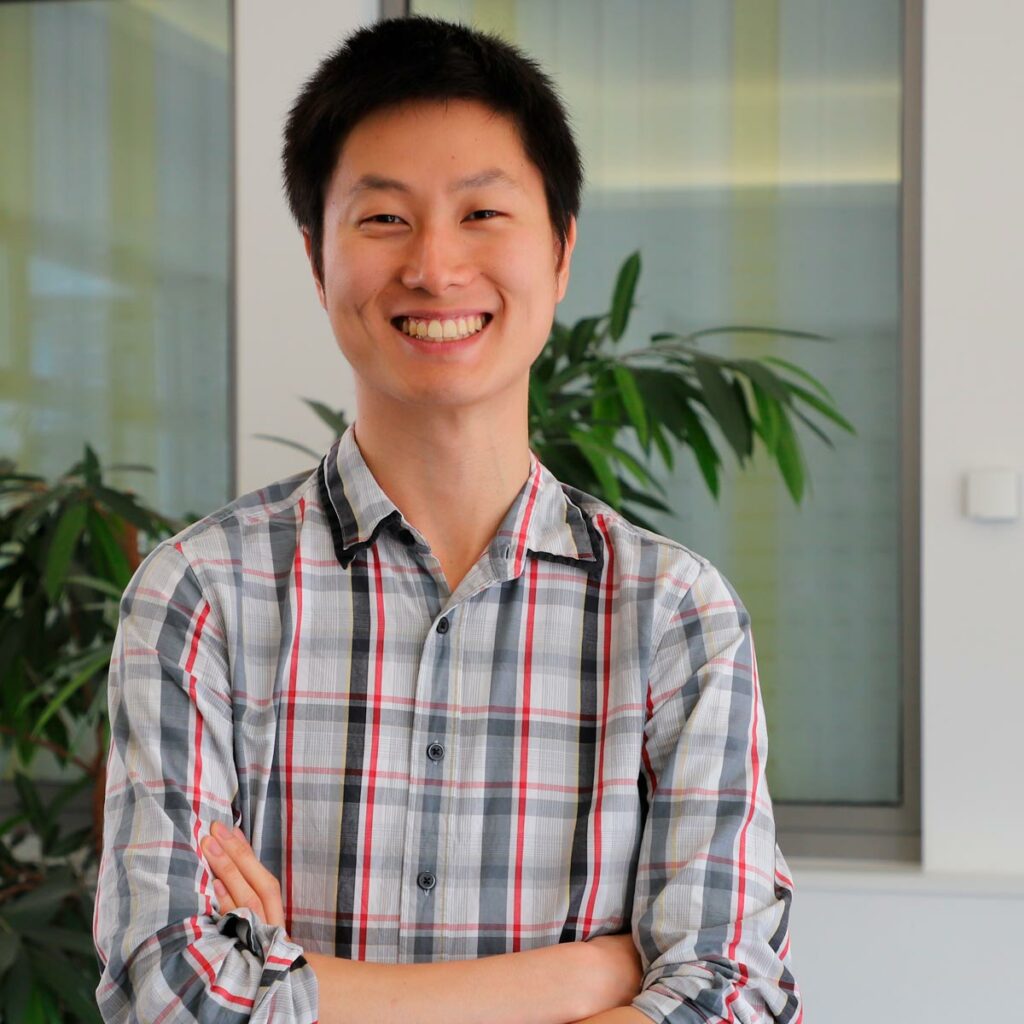
How do you prepare for applying for the second funding round?
In my future independent work, I would like to understand how phase separation contributes to chromatin structure. Phase separation has been known to underlie both gene activation and repression, for example, in the formation of transcription hubs on super-enhancers, and in the establishment of heterochromatin domains at the nuclear lamina. The labelling strategy developed here will provide an unprecedented and powerful tool for cryo-ET analysis of these chromatin condensates, and will, therefore, form the backbone for my future application.
Lars Hubatsch
MPI of Molecular Cell Biology and Genetics Dresden
Who are you?
I am trained as a biological physicist and started out working on models for DNA repair in the lab of Stephan Grill (MPI-CBG, Dresden). Subsequently, I pursued a PhD in Nate Goehring’s group (Francis Crick Institute, London), investigating size adaptions of polarity networks, both theoretically and experimentally, in the C. elegans embryo. Upon moving back to Dresden for my postdoc, I continued to work on spatio-temporal organization in the groups of Christoph Weber and Frank Jülicher, where I devised and experimentally validated a theory for the motion of molecules in phase-separated systems.
What project do you plan to work on while preparing for the second funding round?
In the Hyman lab, I will take this theme in vivo and use the theoretical concepts I developed to experimentally investigate the internal structure of condensates as well as their assembly dynamics. These experiments will provide concrete directions for the next three-year funding period of SPP2191.
- 2021 – present Hyman lab, MPI for Molecular Cell Biology and Genetics, Dresden
- 2018 – 2021 Postdoc Weber/Jülicher groups, MPI for the Physics of Complex Systems, Dresden
- 2013 – 2018 Graduate Student Goehring lab, Francis Crick Institute, London
- 2011 – 2012 Academic exchange, Université Paris Sud
- 2008 – 2013 Diplom Physics, Dresden University of Technology
